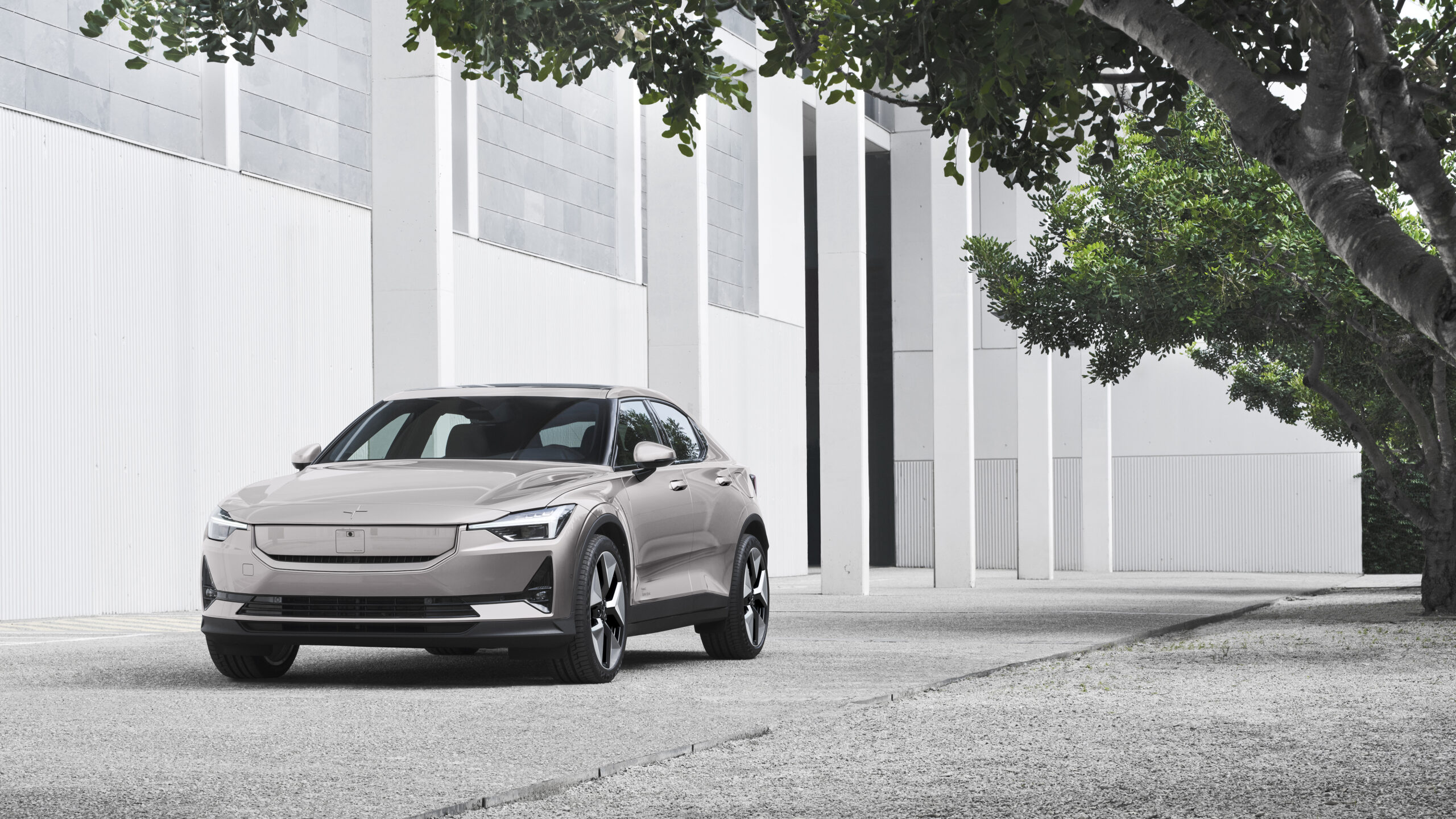What are the different types of electric vehicles available?
From hybrids to range-extenders and EVs to plug-in hybrids, there’s a host of different electric vehicles on the road today with a sometimes confusing variety of technology. Here’s our explainer guide to each version of EV.
What is an electric car or EV?
In simple terms, an electric vehicle is one that is purely powered by an electric motor using battery power and nothing else such as the Polestar 2.
However, you might also see or hear car manufacturers talk about ‘electrified’ vehicles which is a rather different term. The phrase ‘electrified’ is often used as an umbrella term to encompass all forms of electric power in cars.
Of course, all cars use electricity, so ‘electrified’ tends to mean not just fully-electric cars, but also hybrids in all their forms, range-extenders and also hydrogen fuel-cell cars. Often the word ‘electrified’ is used as a generic phrase for all cars that don’t just rely on a traditional internal combustion engine for their power, but also use some form of battery power too.
So if you’re after a fully electric car, look out for cars which have a battery as their only form of power and not an engine of any description.
What is a hybrid electric car?
Hybrid cars come in many forms from superminis to SUVs.
As the word suggests, a hybrid car such as the original Toyota Prius is one that gets its energy from two places – usually a petrol engine as well as a battery pack. Hybrids tend to only have a small battery which is recharged using regenerative braking and also which can run the car for short distances.
In a mild-hybrid, this electrical power is used as an additional aid for the engine, but isn’t powerful enough to run the car on electric power alone.
A normal hybrid only ever recharges the battery using the energy from when braking and not by plugging it in (we’ll get to plug-in hybrids below). It can use that battery power to run ancillary items such as the air conditioning and also help the engine to provide more acceleration when required.
Alternatively, it can also divert any excess unrequired energy from the engine to recharge the battery alongside the regenerative braking. However, given the limited size of the battery, a hybrid can usually only travel on electric power alone for two or three miles at most at any one time.
What is a plug-in hybrid EV?
Plug-in hybrid electric vehicles, sometimes shortened to PHEVs, use a similar concept as a standard hybrid but move it one step further on.
PHEVs have much larger batteries than basic hybrids and therefore can travel further on electric power alone. That distance depends on the size of the battery pack, but usually this is around 25-40 miles, although some can go further.
If you’re not ready for a full EV, then plug-in hybrids such as the Peugeot 408 can be a great stepping stone, while adapting to driving under electric power and charging at home with the safety net of a petrol engine as a back up.
However, if you need to depend on a PHEV for longer journeys, they do have two shortfalls. The main advantage of plug-in hybrids is when doing lots of shorter journeys – preferably those within that all-electric mileage limit. This is when a plug-in hybrid is at its most efficient, although you still shouldn’t expect to get close to the extremely high official WLTP average fuel economy figures.
However, longer journeys can prove an issue for plug-in hybrids – especially for larger vehicles. The reason is when that all-electric power has been used, you can find yourself driving a large car with a small engine meaning your economy can suffer, especially with large SUVs. While some hatchback PHEVs still remain pretty economical even when travelling on petrol alone, long journeys are definitely not where PHEVs perform at their best.
The other downside of plug-in hybrids can be down to packaging as they are usually cars that have been adapted from a conventional petrol model. As they have to accommodate both an engine, fuel tank and a larger battery pack, it can sometimes mean boot space is compromised due to the battery storage.
What is a range-extender EV?
What is an EV with a range-extender and how does it differ from a hybrid or plug-in hybrid?
At first glance, a range-extender vehicle like the original Vauxhall Ampera or versions of the BMW i3 don’t look all that different to a plug-in hybrid. Just like a plug-in hybrid, a range-extender has both an electric motor, battery and an internal combustion engine.
The big difference though is that the internal combustion engine never actually drives the wheels at any time. Instead, the only function of the engine is to act as an energy source for the battery, so cutting in either when the battery is low or when requested by the driver.
Usually the engines on range-extender vehicles tend to be smaller like the engine in the BMW i3, which was borrowed from the German firm’s motorbike range.
While many car manufacturers have tended to move away from range extenders, Mazda now has a range-extender version of its MX-30 with a rotary petrol engine to boost its existing EV battery.
